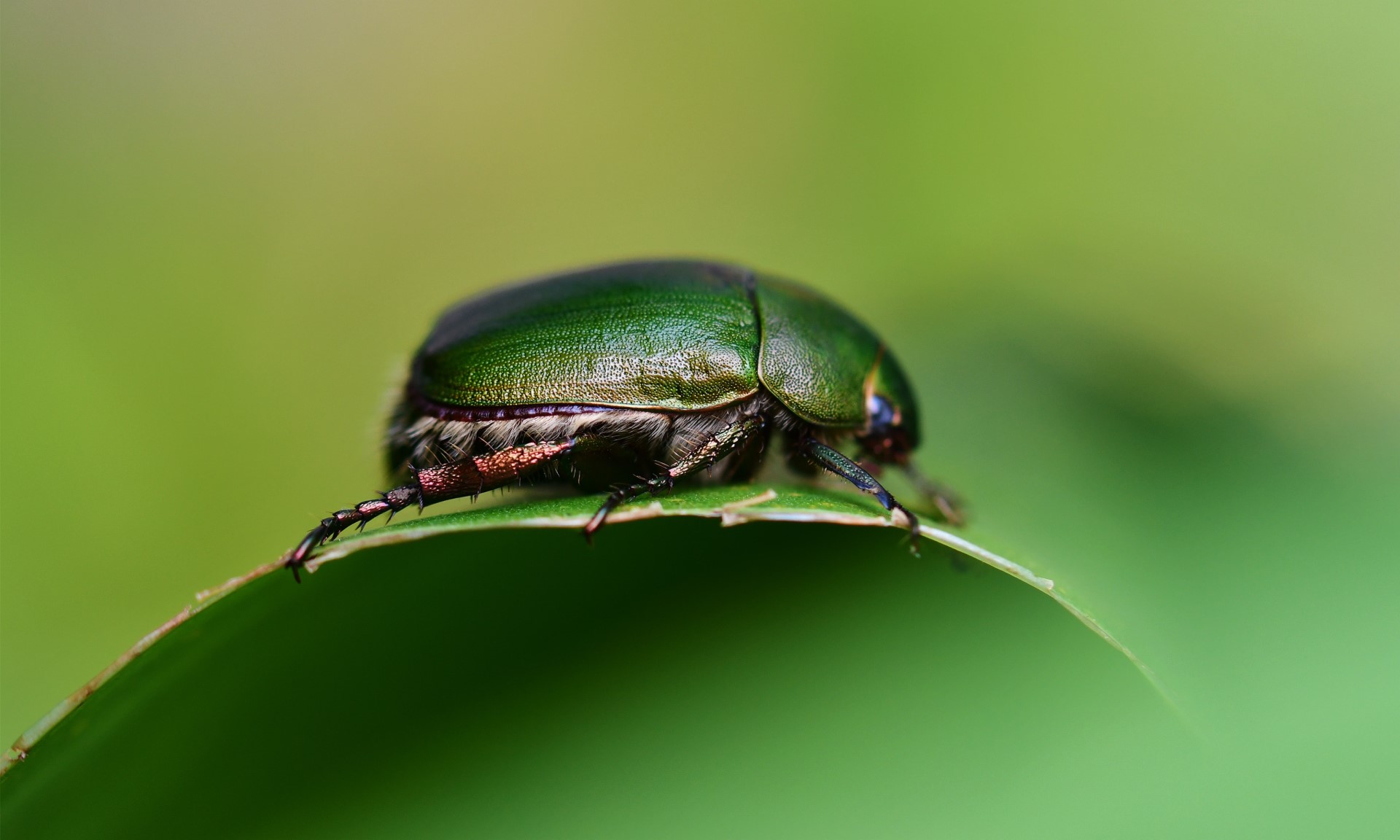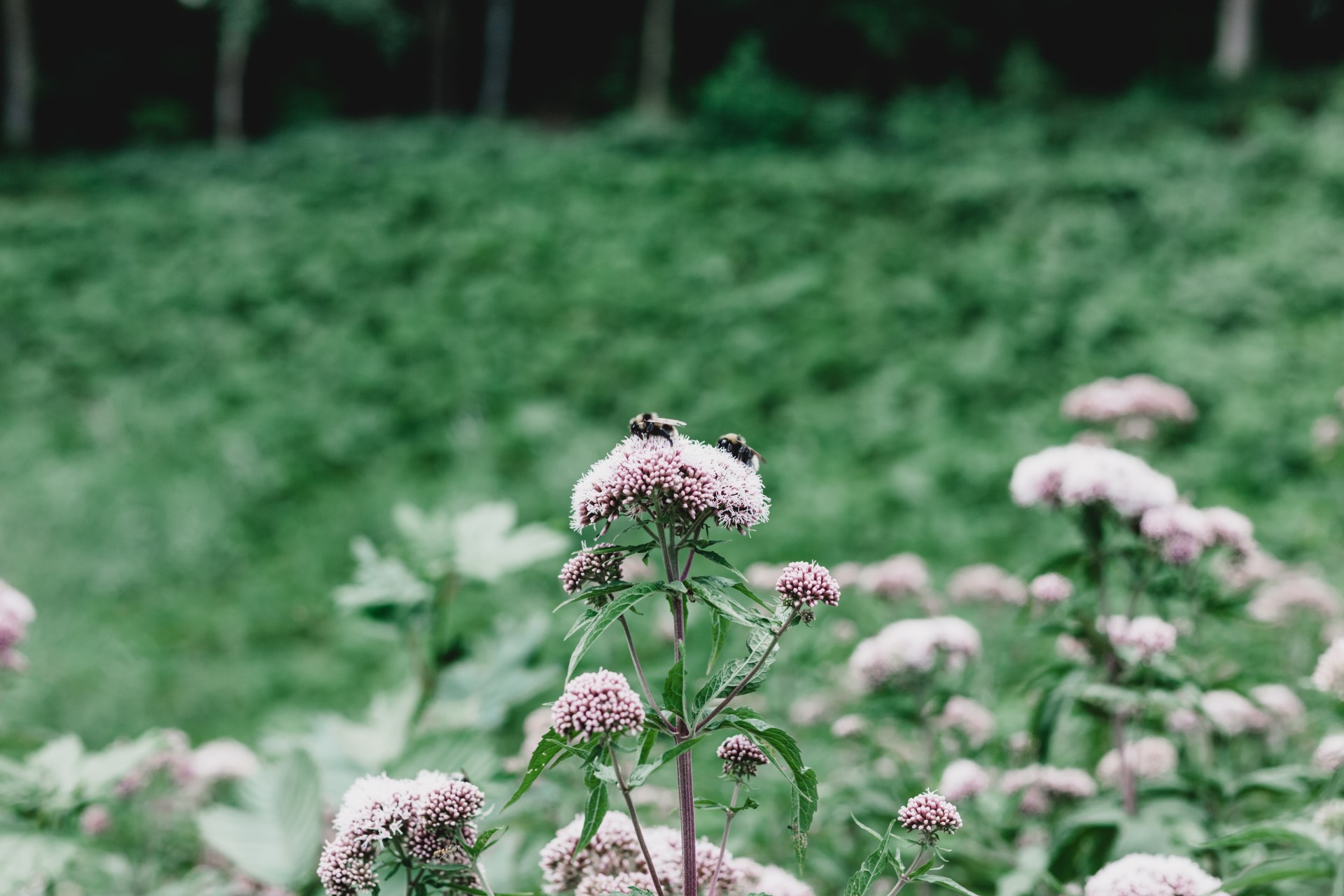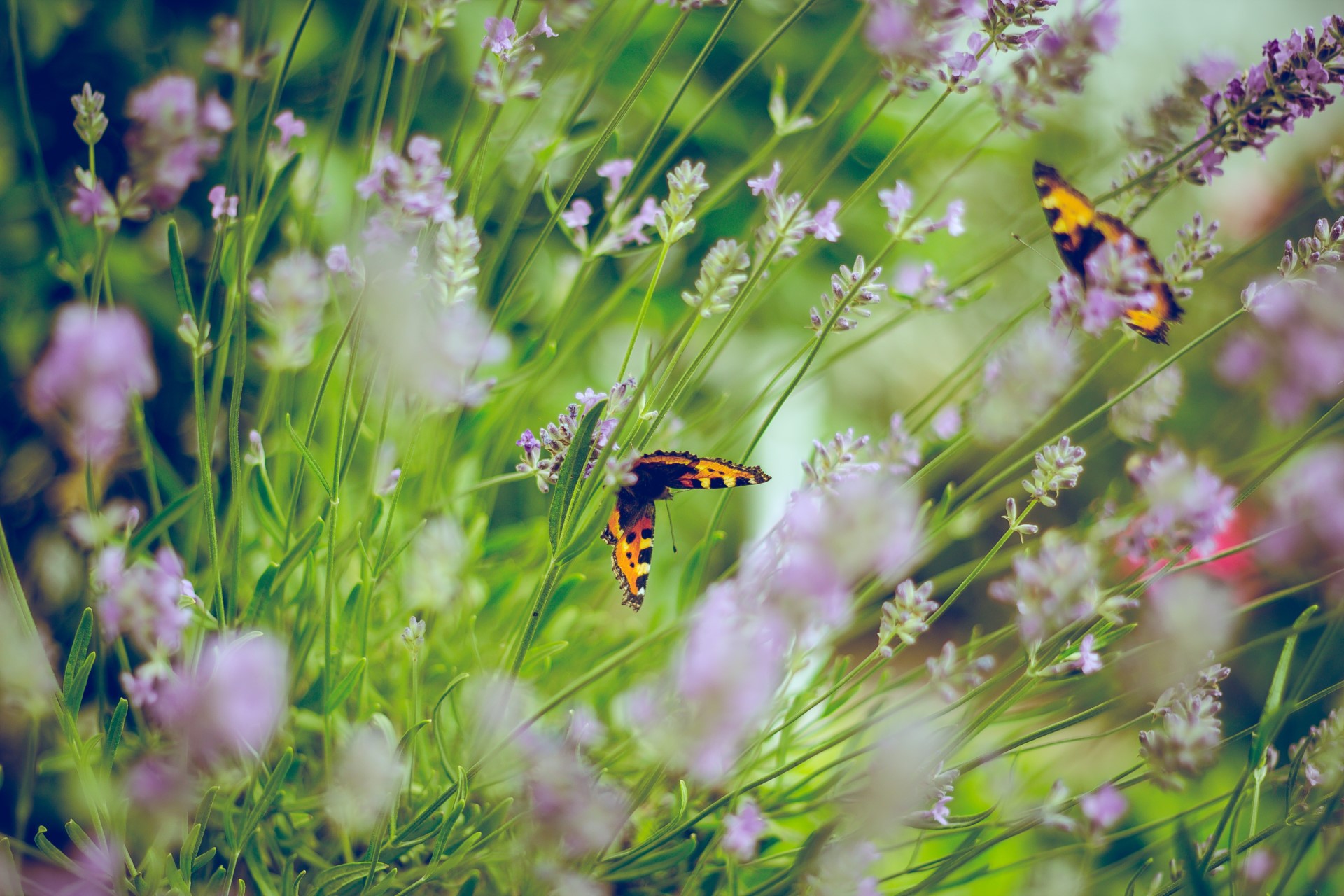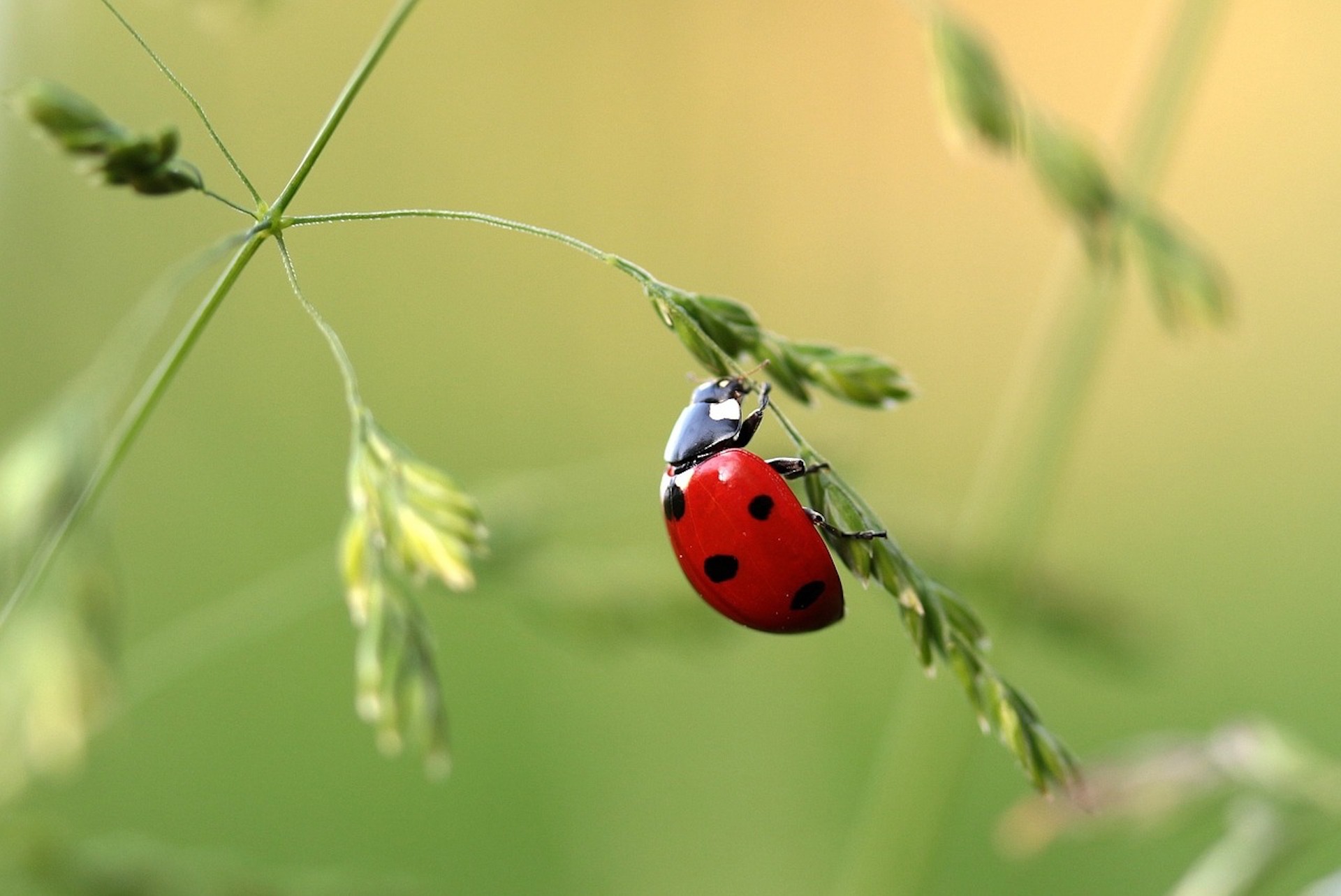Pollinators matter in cities as well as agricultural areas, but numbers and diversity of these critical animals are in constant decline. It’s time we address the issue.
You can’t get an honest bite of street falafel these days without experiencing the oh-so-popular lament for the sacred honeybee.
On television and magazine covers, over the radio and via interviews galore, we hear more and more about declining bee populations. And that does matter, but what all those interviews fail to take into account is the importance of other pollinators too.
Declining pollinator diversity is, in fact, a serious problem these days. Not just honeybees, but native bees, beetles, butterflies, moths, birds and even bats struggle from loss of forage and shelter.
It’s not enough that we fight back for the honeybee, although that’s important too. We need to work to increase the number and kinds of other pollinators as well.
But how can we foster pollinator diversity in both urban and agricultural areas? How can we prop up urban ecology before it’s too late?
Let’s take a look at the most promising approaches today.





